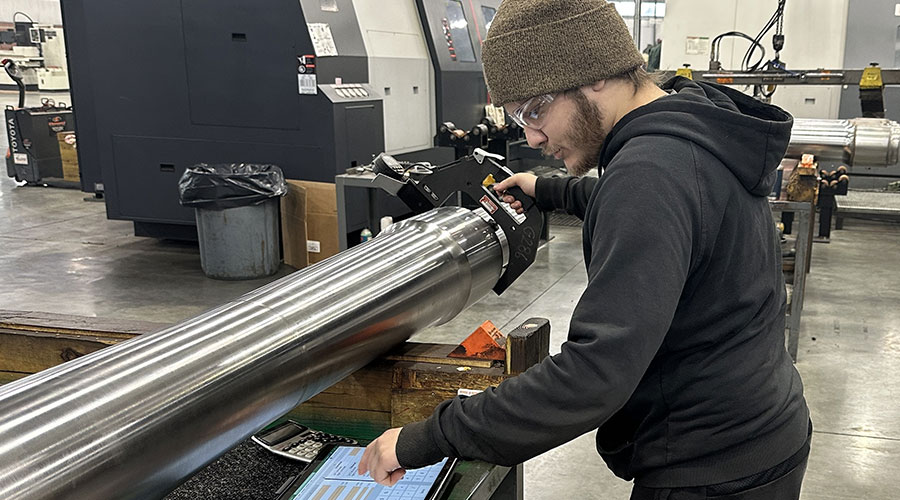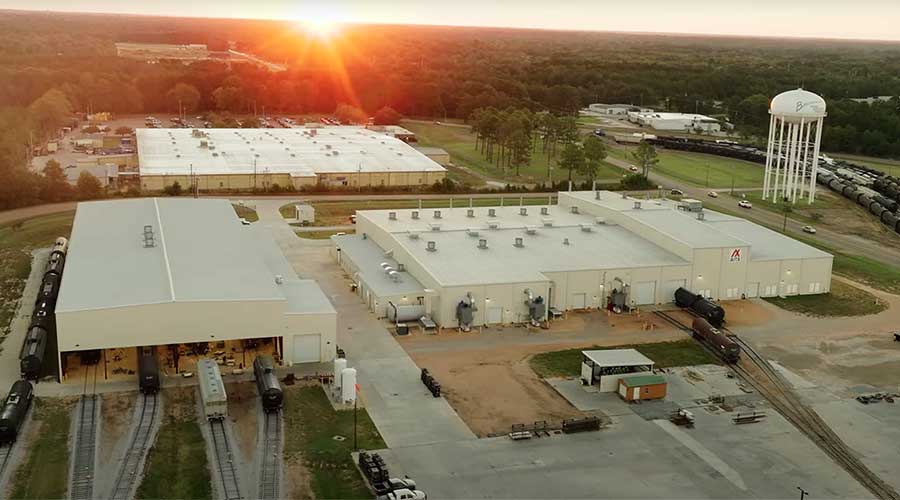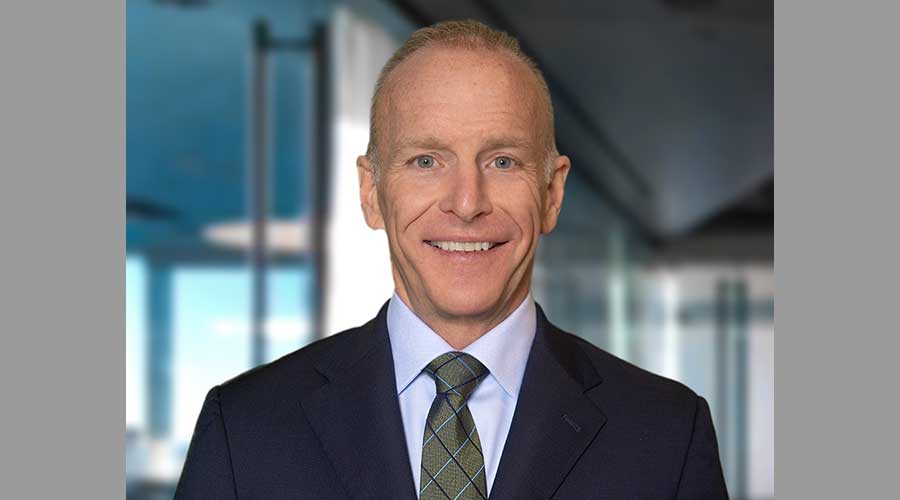Stay updated on news, articles and information for the rail industry
September 2013
Rail News: Mechanical
Tank-car supply predictions may be too rosy — by Toby Kolstad
— by Toby Kolstad
Remember the story of the little boy who said the emperor was naked, while all the grownups were praising the quality and beauty of his new suit of clothes out of fear of his reaction to the truth, or even worse, doubts about their own perceptions? Professional forecasters are more like those adults than the little boy. They play it safe and go along with the crowd rather than taking the chance of being labeled a crackpot; they avoid absolutes like "never" and "always;" and they stay close to the trend to keep from being totally wrong.
Sometimes, however, the little boy or girl inside each of us cannot be suppressed. And right now, while I ponder the rail-car market's huge backlog of unfilled tank-car orders, the little boy in me is shouting that too many tank cars are being built, at least for this year and next.
Building Spree
Rail-car builders have ramped up production of tank cars at an unprecedented rate, delivering 6,000 cars in the first quarter and 6,900 cars in the second. For 2013, deliveries should total more than 27,000 cars, and even more could be built in 2014, with most, perhaps as many as 40,000 of them, for the crude-by-rail transportation sector. Add those units to the 13,000 tank cars built before 2013 and the railroads will be able to handle crude oil production of up to 2.7 million barrels per day by the end of 2014, depending on how one estimates each tank car's volume and trips per year (740 barrels and 25 trips used here). If that happens, it will be great for the railroads; the 1.3 million crude oil loads per year will replace all coal loads lost since 2011.
There is one small problem with this rosy scenario, however. Will there be enough crude oil to fill all those tank cars? By 2011's end, the United States was producing 6 million barrels of oil per day (mbpd), including 1.2 mbpd of shale oil. Under the U.S. Energy Information Agency's (EIA) most optimistic projection, oil production is expected to reach 8.4 mbpd by 2014's end, including 3 mbpd of shale oil.
Canada has enjoyed a similar boom in crude oil production from its oil sands region in the province of Alberta. The Canadian Association of Petroleum Producers (CAPP) projects that the daily production of oil from oil sands will increase by close to 0.5 mbpd by the end of 2014 compared with 2011's year-end total.
Added together, shale oil production in the United States and oil sand production in Canada should increase 2.3 mbpd by 2014's end over levels produced at 2011's end.Unfortunately, that total falls a little short of the transport capacity of the tank-car fleet that is expected to be available for service at the end of 2014, if the current delivery rate of tank cars is maintained.
Tank Car Vs. Pipeline?
The balance between supply and demand of tank cars looks even more precarious when Texas crude oil is considered. Eventually, Texas is expected to produce the most U.S. shale oil, and there are lots of pipelines already in that state — with more being built — to move oil to Gulf Coast refineries. Unless most Texas shale oil is shipped by rail, a surplus of tank cars is sure to develop.
The last tool of forecasters who think they could be off the mark is to hedge, and there are lots of ways to hedge the tank-car forecast. The optimistic EIA forecast is for U.S. shale oil production to increase 3.6 mbpd by 2020 over 2011 levels, and the CAPP expects oil sand production to increase 2 mbpd during the same period. If most of the increased production moves by rail, not only will the excess tank cars built this year and next be needed, many more cars will have to be built to meet demand.
Toby Kolstad has been in the railroad industry for more than 40 years, with stints at the Illinois Central Gulf Railroad, Denver & Rio Grande Western Railroad, a car builder and lessor. Currently a consultant on rail-car matters and president of Rail Theory Forecasts L.L.C., he can be emailed at Tkolstad@aol.com.
Keywords
Browse articles on Toby Kolstad tank cars rail-car market crude by railContact Progressive Railroading editorial staff.


 LRW Honors Amtrak’s Acheson As Railway Woman Of The Year
LRW Honors Amtrak’s Acheson As Railway Woman Of The Year
 From Editor-In-Chief Foran: Of Gender Equity And Inclusion
From Editor-In-Chief Foran: Of Gender Equity And Inclusion
 Spotlight On Some Of Today’s Rail Safety Products
Spotlight On Some Of Today’s Rail Safety Products
 Women of Influence in Rail eBook
Women of Influence in Rail eBook
 railPrime
railPrime








